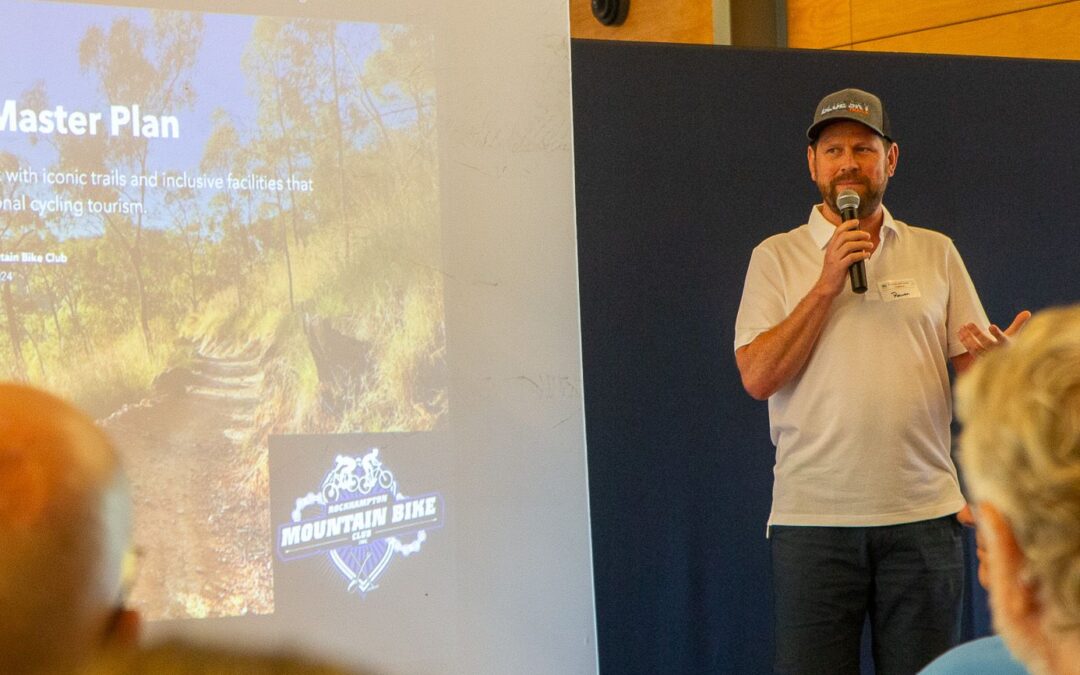On my local trails here in southeast Queensland we are starting to plan our trail care and upgrade program for the year. I would be confident in saying that every trail care group will have a jobs list and wish list that far exceeds the funds and resources available to deliver.
We all want more trails to ride, and we also want to make sure that the existing trails continue to provide awesome riding experiences.
The problem lies in prioritising what to do to get the best bang for our buck with the resources we have. Should we prioritise upgrading a jumps line to meet the insatiable appetite for more jumps, or should we build the relatively mundane cross country connecting trail that provides better connectivity between trails and saves riders busting themselves on a steep fire trail?
When you introduce opinions, subjectivity, and trail politics into these decisions, things can get messy quickly. Having a master plan to work towards is always a good start but there will still be times when decisions need to be made on what to do next that will not be popular for all trail users.
To address these issues, we have started to use trail usage data to help guide work prioritisation, to justify decisions, and importantly to validate the outcomes of our work.
All trail networks need to have some sort of trail counters to measure usage. Basic counters are relatively inexpensive and can be moved around a network to capture data from multiple locations.
The one thing to remember though is that trail counters are just a dumb tool and in order to get data to guide decisions, there are a couple of things to remember:
- The counters need to be placed in locations to capture the usage information you need, essentially to answer the question you want answered
- The counters need to be in place long enough, and at the right time of the year to get valid data
- Captured data needs to be filtered and analysed before jumping to conclusions.
As an example, we recently built some new connecting and gravity trails in our network and we had four objectives for the project. Before we started the build, counters were placed at locations where we wanted to capture the ‘as is’ trail usage. After the build was complete the counters were placed at different locations to understand the changes that the new trails had on the network.
A couple of months after the project was complete, the trail count data demonstrated that we had ticked off all four of our objectives for the project. This information was invaluable for demonstrating positive outcomes for the land manager and also for acquitting the grant we received for the project.
In some circles, trail construction and management can sometimes be seen as a fairly loose industry, lacking well defined standards, processes and tools used for managing other built assets. This works OK when managing a few trails, but when we are managing multi-million dollar trail assets, we need to implement more robust frameworks.
Riders have embraced time, elevation, and power data during our rides, however there is a lag in the capture, analysis, and application of data to trail management.
Harnessing the power of data for trail use, auditing, due diligence, and maintenance is critical for providing great riding experiences. More importantly we need data to demonstrate the return on investment that our trails provide to the wider community to ensure ongoing access, support, and funding.
Want to read more?
Craig Meincke is a regular contributor to Australian Mountain Bike Magazine. You can read Craig’s article and much more in this months issue. https://www.ambmag.com.au/



